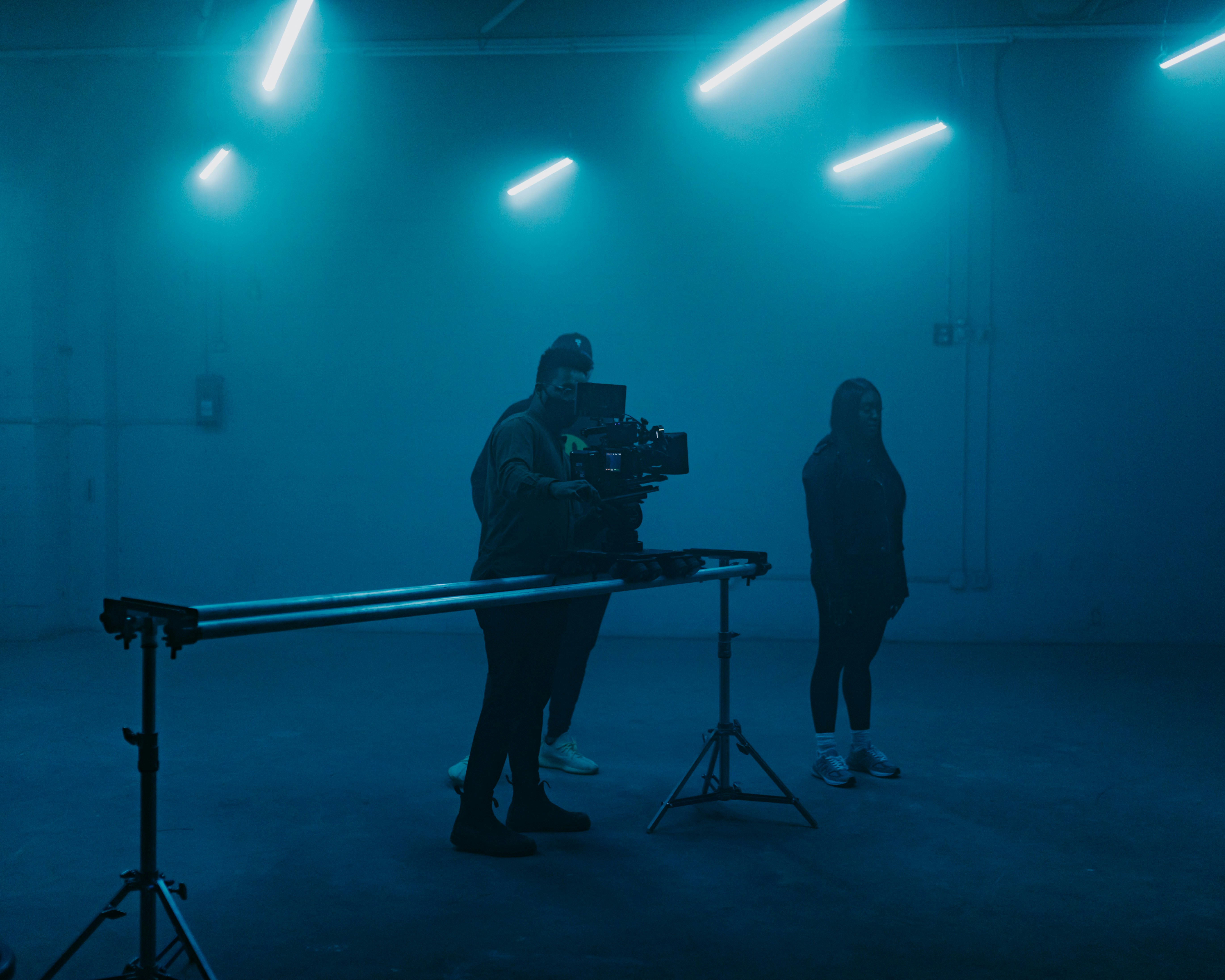One of the most powerful tools in this system is symbolism. So, can a color actually convey a message? Can a graphic element establish visual hierarchy? Short answer: Yes—more than you think.
What is Symbolism?
Symbolism is when an element conveys meaning beyond its physical presence. Every graphic element—by its color, shape, position, or frequency—can become a message-carrying unit.
For example:
• Red isn’t just eye-catching—it can mean danger, passion, or urgency.
• Circles suggest harmony; triangles indicate direction or tension.
• Light tones often represent secondary information; darker tones suggest primary messages.
Creating Hierarchy Through Color
In design, color is never just a stylistic choice—it’s functional. It helps direct attention, structure content, and guide flow.
Examples:
• Primary CTA (Call to Action): Bold, high-contrast colors (e.g., blue, green)
• Secondary links: Muted greys or light tones
• Errors: Red
• Success or confirmation: Green
This color system has become a global standard—it carries semantic weight, not just aesthetic value.
Visual Flow Through Symbolic Structure
Where the eye starts and ends in a layout—also known as visual flow—is largely guided by symbolic design choices.
• Largest headline = highest priority
• Strongest color contrast = focal point
• Whitespace = breathing room
• Symmetry = control and order
• Asymmetry = movement and dynamism
Even if users don’t consciously notice these elements, they still feel their effects. This is what makes a design *intuitive* rather than just understandable.
Cultural Context Matters
Symbolism isn’t universal—it’s shaped by cultural context.
• In Western cultures, white often symbolizes purity. In some Asian cultures, it represents mourning.
• Red may signify luck in China, but danger in Europe.
Designers must always interpret symbolism based on the target audience’s cultural framework.
The Kaynock Perspective
At Kaynock, we don’t just ask how something looks—we ask what it communicates. Color, shape, and space are not merely visual choices, but storytelling tools. When there’s hierarchy, its meaning must be intentional and clear. Because to us, design isn’t just aesthetic—it’s a visual language.
Conclusion: Color, Form, Space = Message
Symbolism in design is not just decorative—it’s a hidden layer of meaning engineering. A single color, icon, or alignment may seem subtle, but it shapes perception and flow.
A strong design isn’t just beautiful—it’s meaningfully structured.
And the foundation of that structure is: symbolism.
Let’s keep in touch.
Follow us on LinkedIn and Instagram.



